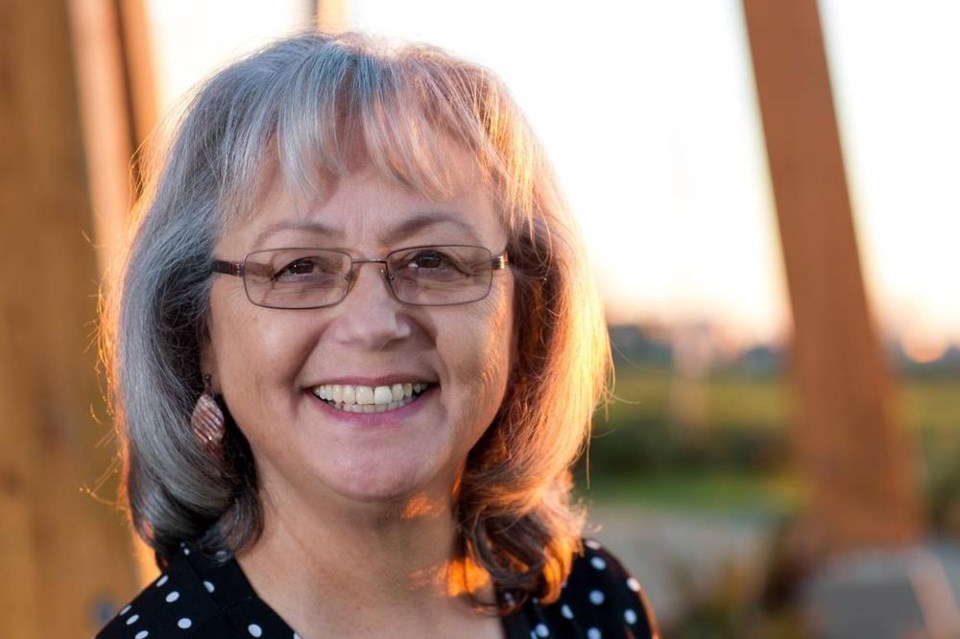Lillian Hunt once told me she got dragged into tourism “kicking and screaming.”
She only made the switch in the late 1990s because the bottom had fallen out of the commercial fishery, which had long been synonymous with her home in Alert Bay.
It was ironic, then, that Hunt became such an important figure in the industry — one others used as a model, and who was genuinely mourned when she died in March.
I didn’t know her well, but those who did adored her.
No matter what hat she wore over the years — Indigenous Tourism B.C. board member, Tourism Vancouver Island director, Alert Bay councillor, regional district director, Vancouver Island North Island Film Commission rep, B.C. Museums Association director — she not only built bridges between communities, but made others enthusiastic about the crossing.
She was also influential in not just helping launch Indigenous tourism in the late 1990s, but setting its values.
“She was part of that core group of people who could see that this was going to be an important economic driver within their communities,” says Osoyoos’s Brenda Baptiste, the chair of Indigenous Tourism B.C.
Even more importantly, Hunt could see how Aboriginal tourism, as it was then known, would help protect culture and keep it vibrant.
In that way she was like her sister Andrea Sanborn, who predeceased her in 2010 and who was known both as a cheerleader for and guardian of her Kwakwaka’wakw (pronounced KWOK-kwok-ya-wakw) culture, eager to display it to others, but only in an uncorrupted form.
In some parts of the world, culture is Disneyfied, authenticity sacrificed as it is twisted into a commodity for sale to tourists. Hunt and Sanborn — their mother was from the Ma’amtagila band of the Kwakwaka’wakw, their father a first-generation Canadian of Ukrainian descent — went in the other direction, using tourism to keep the real deal real.
When Hunt led walking tours in Alert Bay, or spoke to passengers getting off the mini cruise ships, she maintained authenticity, says Bill Cranmer, the former chief of the ‘Namgis First Nation. “She was a good communicator. She was interested in the history. And she wanted to do things the right way.”
Cranmer was echoed by Anthony Everett, the president and CEO of Tourism Vancouver Island. “She was about things being authentic.”
Hunt could also light up a room, he said. “I will never forget her smile.” She was both respectful and respected. “Everyone stopped and listened when Lillian spoke.”
Everett said no matter the issue, Hunt took a long approach.
She would meet people where they were at and, without lecturing them or telling them what to believe, eventually inspire them to get on board. As a result, the broader Island tourism industry enthusiastically embraced the Indigenous world.
That would have made her happy. Baptiste says Hunt believed it was impossible to celebrate B.C. without Indigenous history and culture being part of the whole.
At the same time, that could prove tricky because of the diversity within that culture.
Baptiste notes that 204 of Canada’s 600-plus First Nations are in B.C., and that Hunt believed it was important for each community to maintain sovereignty over its own path, to decide what it wanted to keep within itself and what it wanted to share with the world.
B.C. also has Canada’s greatest number of Indigenous tourism businesses, over 400 of them now.
Travellers flock (at least in normal times) to magnets like Alert Bay’s U’mista Cultural Centre, where both Hunt and Sanborn were long involved, and where Cranmer chairs the non-profit society that oversees it.
The U’mista story is a good example of the type Hunt wanted to tell. It goes back 100 years to a time when Canada had banned the potlatch ceremony, deeming it an impediment to the assimilation of Indigenous people.
In December 1921, Cranmer’s father, Chief Dan Cranmer, defied the law and hosted a potlatch on isolated Village Island, across the strait from Alert Bay, where he thought it would avoid detection.
Instead, about 45 of those who took part were arrested. Half were jailed, but half were freed on the condition that their bands give up their treasured potlatch paraphernalia — masks, whistles, rattles and headdresses, and so on. Almost 200 items were surrendered. They were supposed to be kept in trust, but ended up scattered among museums and private collections around the world.
After the potlatch ban faded away in the 1950s, a concerted recovery effort resulted in the collection of artifacts now on display in the U’mista centre.
The thing is, just as Hunt would spread stories like that to non-Indigenous people, she would passionately push Vancouver Island tourism or the film commission at meetings of Indigenous Tourism B.C. Those bridges were her legacy. “And that laugh and that smile,” says Baptiste.



